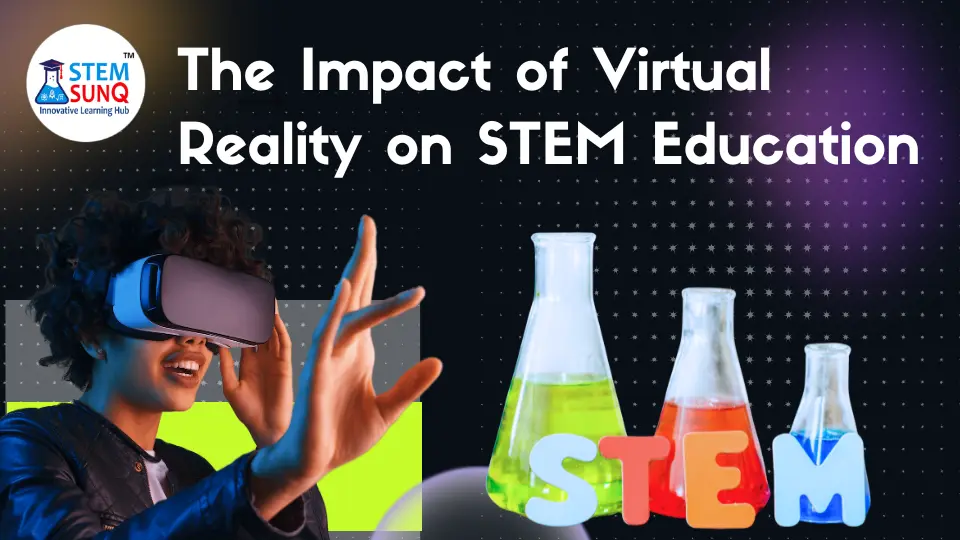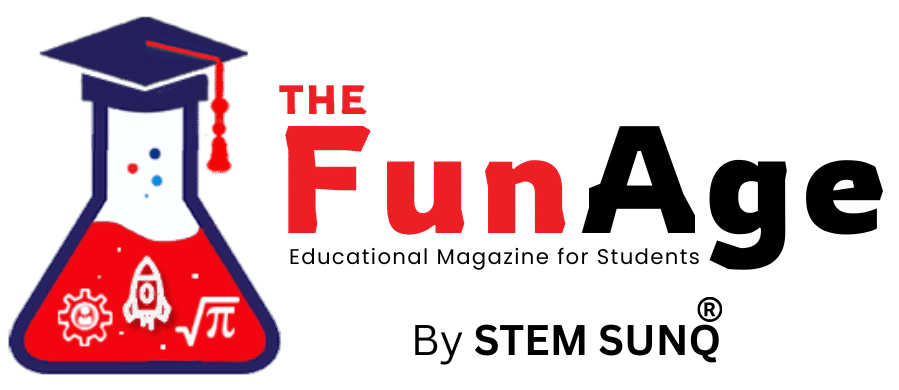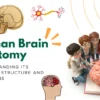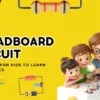
Table of Contents
Education has been completely transformed by virtual reality (VR), especially in STEM (science, technology, engineering, and mathematics) disciplines.
Virtual reality (VR) improves learning experiences beyond traditional methods by placing students in interactive, digital settings.
With strong data support, this blog post will show the impact of virtual reality on STEM education how virtual reality (VR) has transformed STEM education, and discusses its advantages, drawbacks, and potential future effects.
Also, read Impact of STEM Education on Global Development
Impact of Virtual Reality on STEM Education
Engaging and Motivating Learning Experiences
Virtual reality (VR) attracts students with immersive experiences typically absent from traditional techniques.
According to PwC research, learners using virtual reality (VR) are four times more engaged than those using e-learning, showing VR’s capacity to boost student engagement and retention in STEM courses.
Enhanced Understanding of Complex Concepts
Virtual reality (VR) offers an answer for courses like biology, chemistry, and physics, where it might be difficult to understand abstract concepts.
Compared to traditional techniques, students who used virtual reality (VR) for scientific lectures showed an 86% improvement in test scores, according to Stanford University research.
STEM disciplines are now more approachable and enjoyable because of this practical, visual approach that promotes greater learning and retention.
Safe and Cost-Effective Practical Learning
Virtual reality (VR) offers several benefits to STEM education, the primary among them being the ability to provide hands-on learning experiences without the expenses or hazards of traditional labs.
According to a FutureSource Consulting analysis, the use of virtual reality in education is expected to become a $700 million market by 2025, primarily because of its safe and affordable simulation features.
Students can run simulations, change variables, and examine results in a controlled environment using virtual scientific experiments, which promote experimentation and hypothesis testing.
Accessibility and Inclusivity
Virtual reality technology also removes education barriers by offering inclusive educational opportunities. It allows for customized learning paths based on the requirements of each learner and supports a variety of learning methods.
Virtual reality (VR) gives students with problems and those living in distant places without access to cutting-edge labs access to educational opportunities that would otherwise be out of reach.
Real-World Applications and Industry Integration
VR is becoming more and more popular outside of the classroom for STEM-related applications. VR training simulators are used in the healthcare, engineering, and aerospace industries to enable experts to improve their abilities in a secure setting.
By giving students real-world experience early in their schooling, this integration helps them get ready for their future employment.
Challenges and Considerations
Though there are many advantages to using VR in STEM education, there are also drawbacks to take into account.
Widespread adoption is hampered by the high initial expenses of VR hardware and software, as well as the requirement for technical support and teacher training.
To effectively integrate these problems into the curriculum, there needs to be continuous investment in professional development and infrastructure.
Ethical and Social Implications
As virtual reality (VR) gains interest in education, moral questions start to surface. Careful consideration must be given to issues like data privacy, virtual ethics, and the risk of addiction to immersive technologies.
These challenges must be navigated by educators and lawmakers to guarantee that virtual reality improves learning opportunities while protecting students’ well-being.
Future Prospects and Innovations
VR has a bright future in STEM education, to be sure. Technological developments are lowering costs and increasing accessibility, which makes virtual reality (VR) more affordable for educational institutions of every kind.
Virtual travel and cooperative research simulations are just two examples of interactive learning experiences made possible by advancements in VR content development.
Conclusion
So this was the blog post about the impact of virtual reality on STEM education, Virtual reality provides immersive, appealing, and inclusive learning experiences that are changing STEM education. It is impossible to underestimate how VR can enable kids to explore, understand, and develop in STEM fields—challenges aside.
Future generations will be better prepared for the opportunities and problems of the modern world as long as educators and developers keep using VR to their full potential.
Virtual reality (VR) has the potential to completely change education and equip students for success in a technologically advanced world with continued development and integration.






